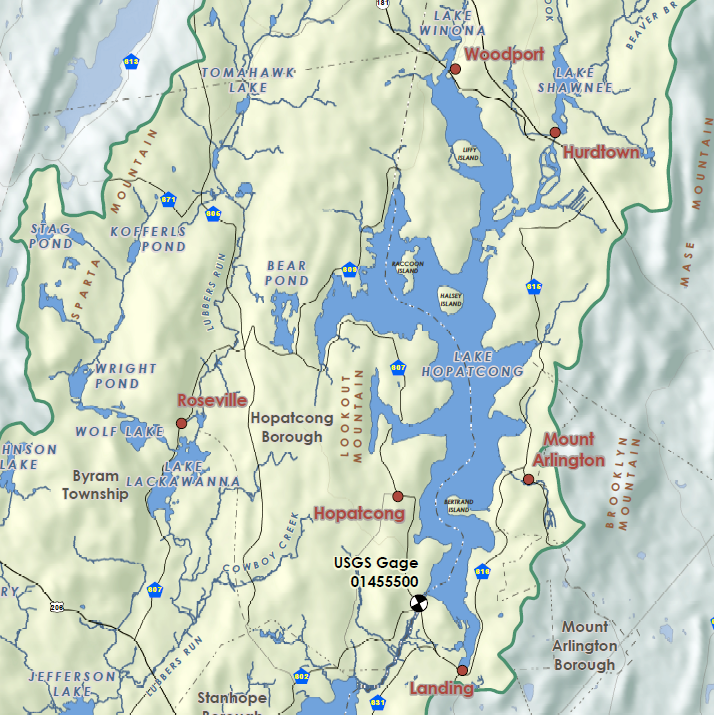
January 20, 2025| Education, Environment
By: Patrick Krudop
“In nature nothing exists alone.” - Rachel Carson, Silent Spring
Every January 26, World Environmental Education Day highlights the importance of knowledge as a powerful tool for protecting our planet. To celebrate the occasion, let’s dive into the essential environmental concept of watersheds. By understanding what a watershed is and how it works, we can take meaningful steps to safeguard Lake Hopatcong and all of our vital water resources.
Picture a bowl. If you spray water near the bowl's rim, it will trickle down the sloped sides and collect at the bottom. This is how a watershed works. It is a natural system where rainwater, snowmelt, and other forms of precipitation drain into a central body of water, such as a lake, river, or ocean. A watershed includes all the land within that drainage area, from hills and valleys to forests and urban spaces.
Watersheds don’t just funnel water; they carry everything the water picked up along its journey. Whether it’s nutrients from fertilizers, pollutants from roads, or even the hat you lost while boating on the lake, all of it eventually flows into larger bodies of water. This means the health of a watershed directly impacts the quality of the water it feeds.
Lake Hopatcong is part of the Musconetcong Watershed, which includes smaller streams, ponds, and wetlands. Water from this watershed flows into the Musconetcong River, which is a tributary of the Delaware River. Ultimately, the Delaware River carries this water to the Atlantic Ocean. The interconnectedness of watersheds means that what happens upstream—like littering or excessive fertilizer use—has a ripple effect downstream, affecting entire ecosystems.
You don’t have to be a scientist to make a difference. Small changes can add up quickly to big benefits for our local watershed. Being mindful of pollutants such as oils and pesticides, reducing plastic waste by recycling, and fostering a native plant garden are all ways to help ensure that Lake Hopatcong and all of our freshwater resources remain clean and vibrant for generations to come!
On World Environmental Education Day (and every day!), let’s remember that each action we take to protect our watersheds is an investment in a healthier planet.